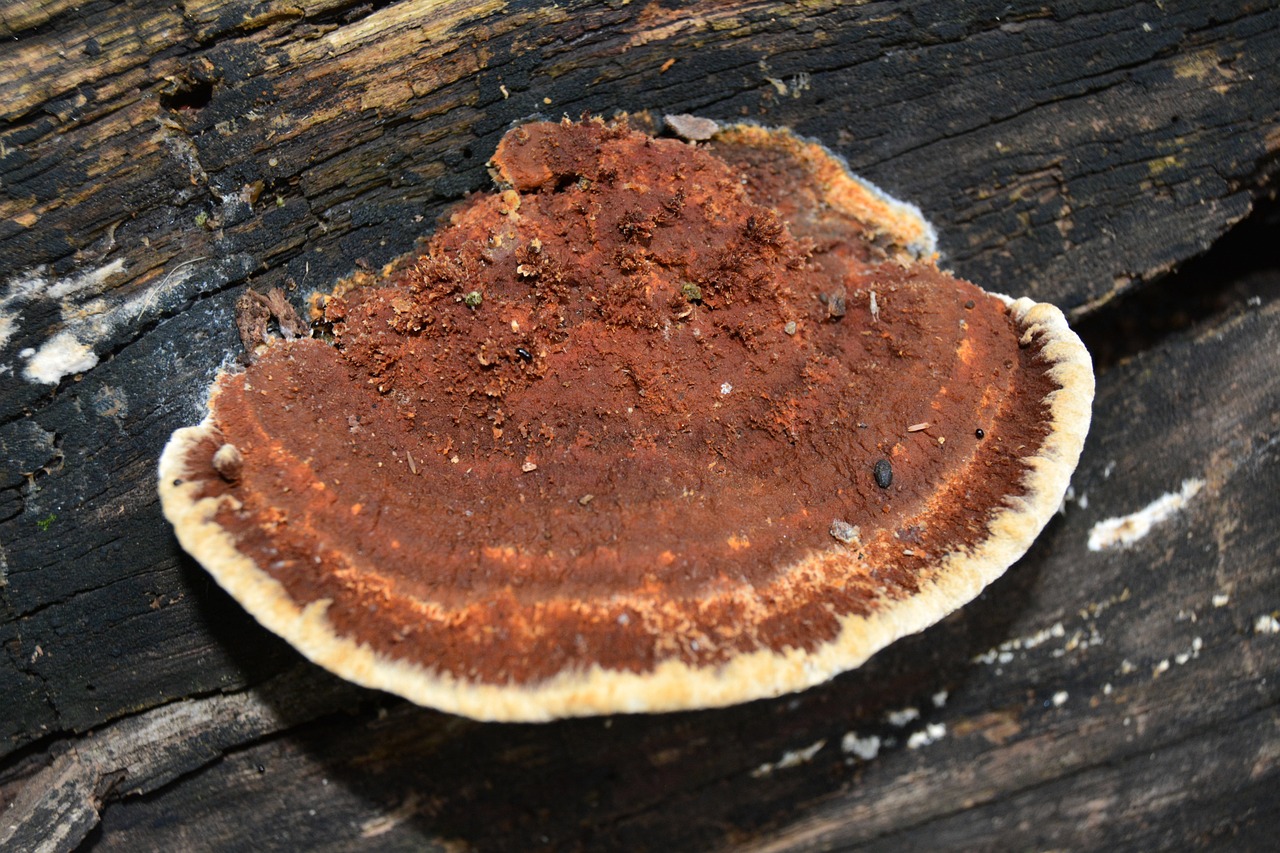Title:
Bioremediation: Outfitting Microorganisms for Natural Clean-up in Biotechnology

Bioremediation, a state of the art field inside biotechnology, offers a promising answer for ecological contamination by using the force of microorganisms to debase or kill pollutants. As humankind wrestles with the results of industrialization and far and wide contamination, bioremediation arises as a supportable and harmless to the ecosystem way to deal with reestablishing environments. In this article, we dive into the standards, applications, and future possibilities of bioremediation, revealing insight into its critical job in ecological clean-up endeavours.
Figuring out Bioremediation
At its centre, bioremediation outfits the metabolic abilities of microorganisms like microbes, organisms, and green growth to separate poisons into innocuous side-effects. These microorganisms have compounds that can catalyze the corruption of different natural and inorganic poisons, including oil hydrocarbons, weighty metals, pesticides, and modern synthetic substances. By giving an ideal climate helpful for microbial action, bioremediation works with the regular constriction of toxins, at last reestablishing environmental equilibrium.
Sorts of Bioremediation
Bioremediation methods can be comprehensively arranged into two principal types: in situ and ex situ remediation. In situ bioremediation includes treating pollutants at the site of defilement, limiting the requirement for unearthing or transport of contaminated materials. This approach frequently involves upgrading normal microbial populaces through methodologies like bioaugmentation (presenting particular microorganisms) or biostimulation (giving supplements to animate native microbial action).
Ex situ bioremediation, then again, includes eliminating defiled materials from the site for treatment in controlled conditions. Normal ex situ procedures incorporate biopiles, where tainted soil is heaped and circulated air through to advance microbial debasement, and bioreactors, which use enormous scope aging vessels to treat defiled water or muck.

Utilizations of Bioremediation
Bioremediation has exhibited viability in tending to an extensive variety of natural defilement situations, from oil slicks to groundwater contamination. One remarkable example of overcoming adversity is the clean-up of the Exxon Valdez oil slick in Gold country, where native oil-corrupting microscopic organisms made light of a critical job in breaking unrefined petroleum parts and moderating ecological harm.
Furthermore, bioremediation holds guarantee for remediation of destinations debased with weighty metals, like mining regions and modern locales. Certain plant species, known as hyper accumulators, can collect high convergences of weighty metals in their tissues, which can then be gathered or phytoremediation. Microorganisms related with plant roots can likewise work with the immobilization or change of weighty metals in the dirt, decreasing their bioavailability and poisonousness.
Difficulties and Future Directions
While bioremediation offers a supportable and financially savvy way to deal with ecological clean-up, it isn't without challenges. Factors like ecological circumstances, substrate accessibility, and microbial local area elements can impact the adequacy of bioremediation processes. Moreover, the remediation of mind boggling pollutant combinations or obstinate mixtures might require the advancement of customized microbial consortia or hereditary designing methodologies.
Looking forward, continuous examination endeavours mean to upgrade bioremediation methodologies through headways in microbial nature, atomic science, and ecological observing advances. Reconciliation of omics approaches, for example, metagenomics and metatranscriptomics, empowers extensive portrayal of microbial networks and their utilitarian likely in dirtied conditions. Also, inventive biotechnologies, including manufactured science and nanotechnology, hold guarantee for upgrading the effectiveness and particularity of bioremediation processes.
Conclusion
All in all, bioremediation remains as an encouraging sign in the battle against ecological contamination, offering a characteristic and supportable answer for relieve the effects of human exercises in the world. By outfitting the noteworthy capacities of microorganisms, biotechnology is preparing for a cleaner and better future for a long time into the future. As we keep on opening the capability of bioremediation, we draw nearer to understanding an agreeable concurrence between human civilization and the normal world.



You must be logged in to post a comment.